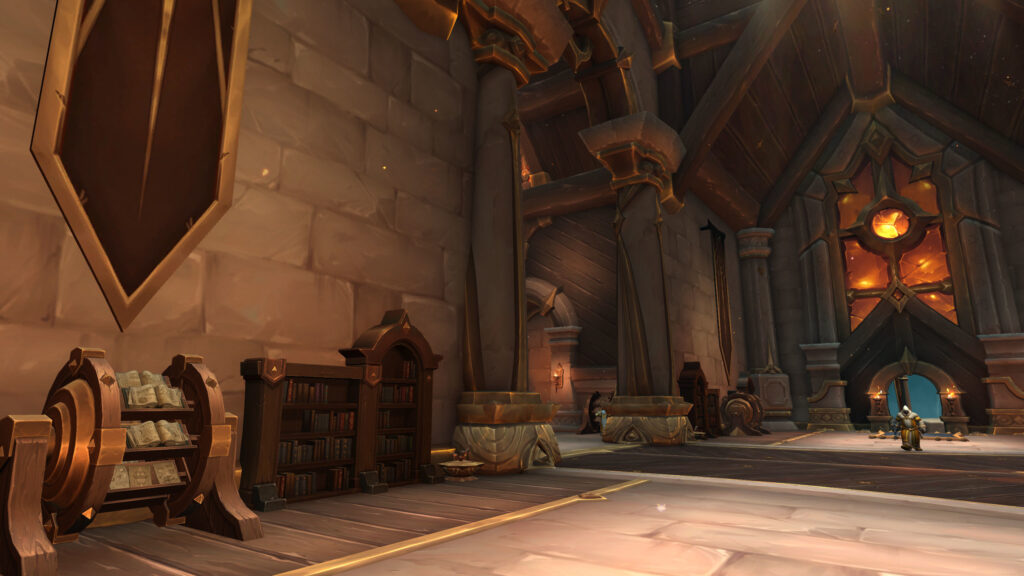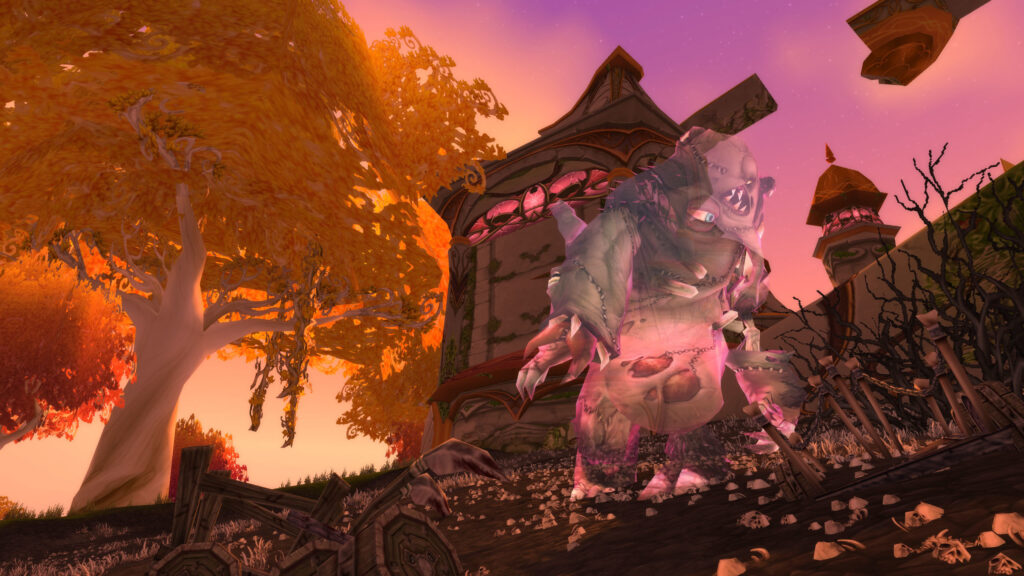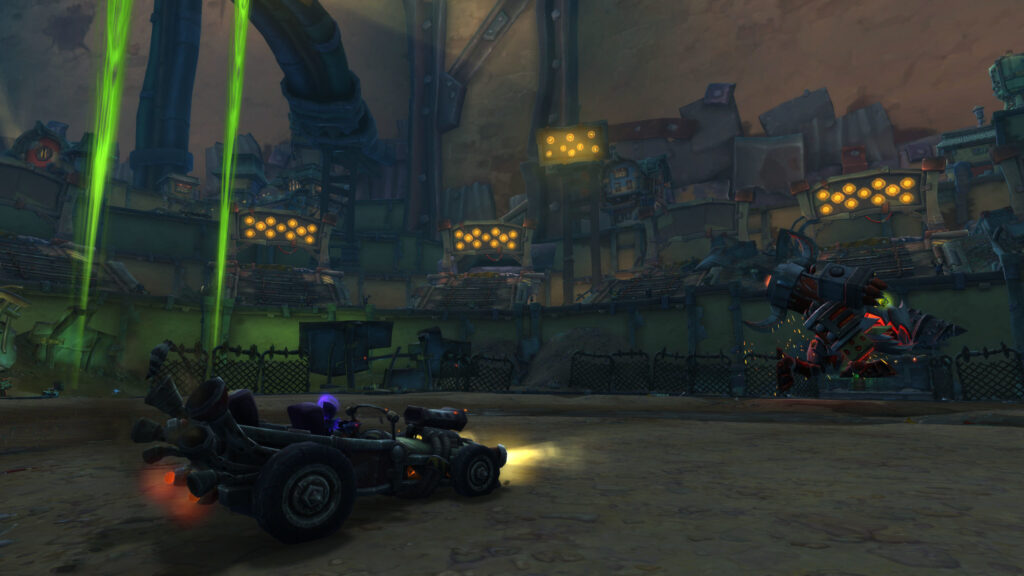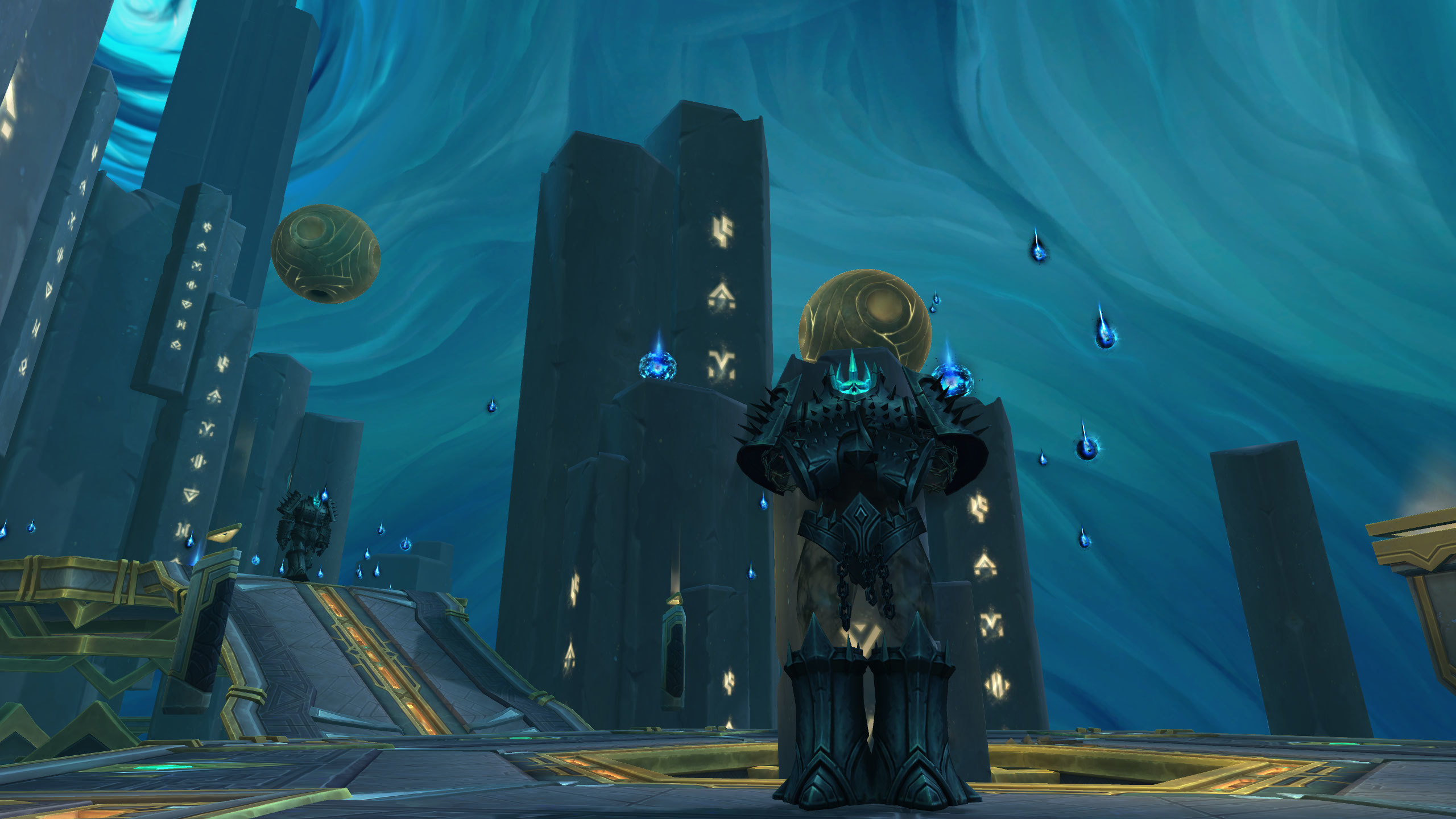In the early days of World of Warcraft, raiding was less about precision and more about perseverance. Forty players charged into molten chaos with mismatched gear, improvised strategies, and barely defined roles. Today, raids are surgical—streamlined, coordinated, and fine-tuned around performance data and player specialization. Across two decades, raid compositions have transformed from chaotic gatherings into meticulously balanced symphonies of teamwork and optimization.
This article explores how raid lineups evolved through WoW’s history—reflecting changes in design philosophy, class identity, and the pursuit of perfection.

Classic Era: Strength in Numbers
In Classic WoW, raid composition meant one thing—bring everyone you could. Forty-player raids like Molten Core and Blackwing Lair required sheer manpower over precision. Classes had defined roles but overlapping utility. Raid leaders juggled multiple Warriors, Priests, and Mages simply because they were essential. Buff stacking, resistance gear, and consumable farming defined success more than individual skill. It was messy, glorious, and unforgettable.
Classic raids weren’t balanced—they were battles of endurance.
The Burning Crusade and the Age of Specialization
The Burning Crusade marked the beginning of raid refinement. With 25-player caps, raid leaders faced difficult choices. Each slot mattered. Hybrids gained real identities—Shadow Priests regenerated mana, Enhancement Shamans boosted melee, and Paladins brought critical auras. The days of redundant roles faded, replaced by synergy-driven setups. Blizzard’s design philosophy shifted from “bring the class” to “bring the player.”
Every class finally had purpose—and that purpose was measurable.
Wrath to Mists: Balance and the Rise of Flexibility
From Wrath of the Lich King through Mists of Pandaria, raid composition became a science. Wrath introduced dual specs, enabling flexibility and reducing downtime. Cataclysm streamlined buffs and debuffs, ensuring no single class was mandatory. By Mists, every role was interchangeable—any tank, healer, or DPS could fill gaps without crippling performance. The shift from rigid to fluid structure transformed raiding into accessible yet competitive content.

The puzzle of composition became less about availability and more about efficiency.
| Expansion | Raid Size | Composition Focus | Notable Change |
|---|---|---|---|
| Classic | 40 players | Quantity and redundancy | Multiple classes per role |
| The Burning Crusade | 25 players | Specialization and synergy | Hybrid classes gain value |
| Wrath of the Lich King | 10/25 players | Balance and utility | Introduction of dual specs |
| Mists of Pandaria | Flexible | Accessibility and fairness | Buff homogenization |
| Dragonflight | Mythic fixed 20 | Precision optimization | Data-driven design & balance |
Warlords to Legion: The Mythic Standard
With Warlords of Draenor, Mythic difficulty standardized the 20-player format. This consistency allowed Blizzard to design encounters with specific roles in mind. Compositions became mathematical—two tanks, four to five healers, and carefully tuned DPS ratios. Legion expanded this precision with class-specific utility and encounter synergies, pushing raid teams toward scientific optimization. Every player’s class mattered not just for damage, but for what they brought to the fight.
The age of analysis had begun, and spreadsheets became as vital as skill.
Modern Raiding and Class Diversity
In today’s WoW, balance has reached its most refined point. Every raid composition blends flexibility with identity—each class contributing unique flavor without overshadowing others. Modern encounters in Dragonflight reward adaptability: Evokers add battlefield mobility, Augmentation redefines support roles, and Warlocks retain utility dominance. Composition has evolved beyond logistics into creative strategy, where teams craft playstyles around player strengths, not limitations.

Today’s raids are no longer checklists—they’re choreographed ecosystems.
The Human Element: Beyond Numbers
Despite mathematical balance, the best compositions still rely on chemistry. Trust, communication, and familiarity often outperform perfect setups. Veteran teams know each other’s rhythms, improvising strategies that no simulation can predict. The magic of raiding lies in this blend of planning and instinct—proof that behind every spreadsheet is a heartbeat.

Great raid compositions aren’t just built—they’re bonded.
Conclusion
From chaotic forty-man rosters to finely tuned Mythic teams, raid compositions mirror WoW’s evolution itself: from disorder to design, from survival to mastery. Every era taught a lesson—teamwork matters, but creativity defines victory. While numbers and roles continue to shift, the soul of raiding remains constant: twenty adventurers stepping into the unknown, each one essential, none replaceable.
Because in the end, composition is more than math—it’s the art of harmony under pressure.
Home






